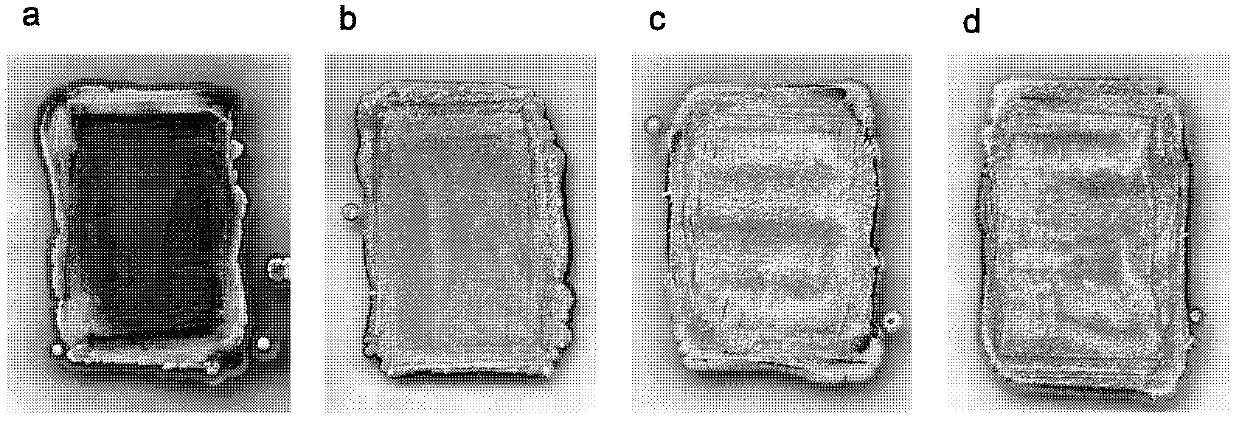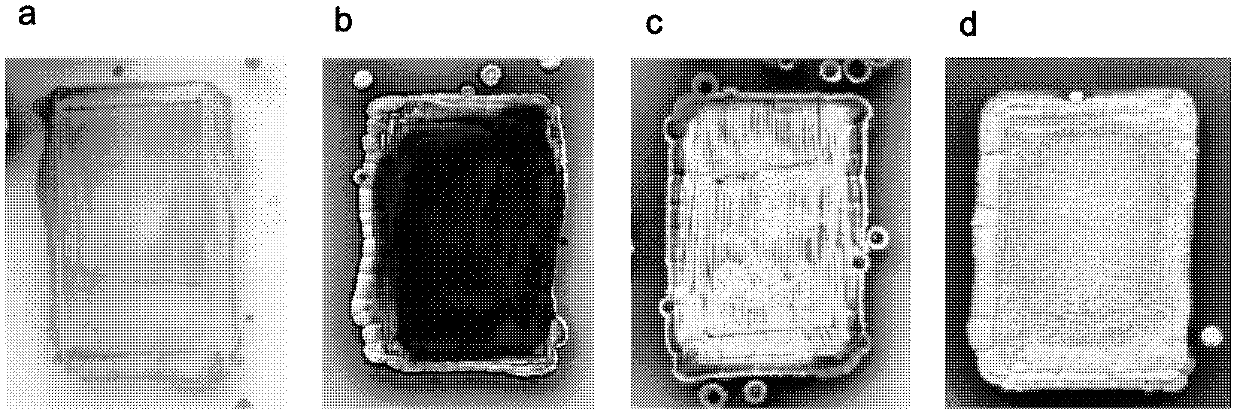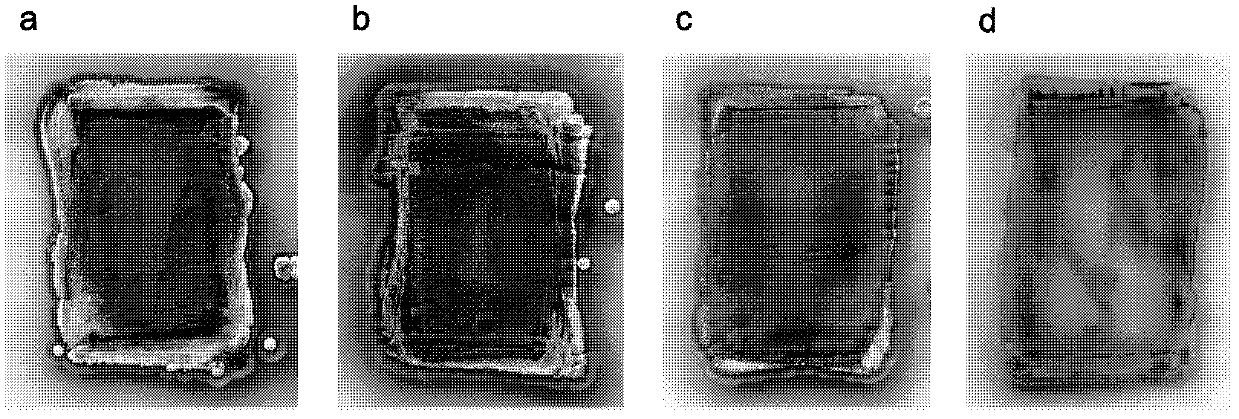Marine streptomyces viridochromogenes strain for producing alkali-tolerant and salt-tolerant xylanase and application of marine streptomyces viridochromogenes strain
A technology for producing Streptomyces chromogenes and xylanase, applied in the biological field, can solve the problems of high pressure on production and environmental protection, and achieve the effects of increasing yield, reducing pollution and high enzyme activity
- Summary
- Abstract
- Description
- Claims
- Application Information
AI Technical Summary
Problems solved by technology
Method used
Image
Examples
Embodiment 1
[0051] Embodiment 1: the acquisition of bacterial strain
[0052] The sea mud samples from Dalian Xiaoping Island were enriched and cultured, diluted according to the routine, and spread on the xylan plate, cultured at 30°C for 5-6 days, and the colonies produced by the transparent circle were picked and placed on the xylan solid medium Streak isolation and repeat the streak isolation process for 3 rounds to purify the strain. The strain that secretes xylanase is screened by this method.
[0053] The bacterial strain of the present invention is cultured on a Bennett plate at 30° C. for 7 days, and the bacterial colony is circular, with a diameter of about 3-4 cm, the base is dark green, the surface of the bacterial colony protrudes, produces white-gray spores, and releases a large amount of black pigment. Its optimum pH is 7.0-9.0, and its optimum temperature is 30°C.
Embodiment 2
[0054] Example 2: Extraction of Streptomyces viridans Genomic DNA and the acquisition of its 16SrDNA
[0055] Extraction of Streptomyces viridans Genomic DNA:
[0056] 1) The strain was inoculated in 50 mL of TSB liquid medium, and cultured at 30° C. at a rotational speed of 170 rpm for 72 hours. At this time, it was in the logarithmic growth phase. Collect 1mL of fermentation broth, centrifuge at 8000r / min for 5min, discard the supernatant, wash the cells with washing solution, and repeat the washing once after centrifugation.
[0057] 2) To the washed cells, add 100 μL of lysate to suspend the cells, boil at 100° C. for 15 min, and then cool to room temperature.
[0058] 3) Add 0.5ml of the extract solution preheated at 65°C and shake slightly.
[0059] 4) Add an equal volume of Tris-saturated phenol / chloroform solution, shake vigorously for 1 min, centrifuge at 10,000 r / min for 5 min, carefully absorb the supernatant, and transfer to a clean centrifuge tube.
[0060] 5) ...
Embodiment 3
[0072] Example 3: Oligotrophic tolerance, pH tolerance and NaCl tolerance of Streptomyces viridans chromogenes
[0073] Dilute Bennett's solid medium by 1, 2, 3, and 5 times to determine the oligotrophic tolerance of Streptomyces viridans; adjust the pH of Bennett's solid medium to 5, 7, 9, and 11 to determine the strain's tolerance pH tolerance; add 0%, 1%, 2%, 3% NaCl to Bennett solid medium to determine the NaCl tolerance of the strain. Take 50 μL spore solution (concentration is about 10 6 cells / mL) were evenly spread on each of the above-mentioned plates, cultured at 30°C for 6 days, and the growth status of the colonies was observed. Results (see Figure 1-3 ) shows that the bacterial strain grows well on the Bennett plate diluted 5 times, indicating its better oligotrophic tolerance; the bacterial strain grows poorly on the plate of pH 5, and can still grow normally on the plate of pH 11, indicating The bacterial strain of the present invention has strong alkali resi...
PUM
 Login to View More
Login to View More Abstract
Description
Claims
Application Information
 Login to View More
Login to View More - R&D
- Intellectual Property
- Life Sciences
- Materials
- Tech Scout
- Unparalleled Data Quality
- Higher Quality Content
- 60% Fewer Hallucinations
Browse by: Latest US Patents, China's latest patents, Technical Efficacy Thesaurus, Application Domain, Technology Topic, Popular Technical Reports.
© 2025 PatSnap. All rights reserved.Legal|Privacy policy|Modern Slavery Act Transparency Statement|Sitemap|About US| Contact US: help@patsnap.com



